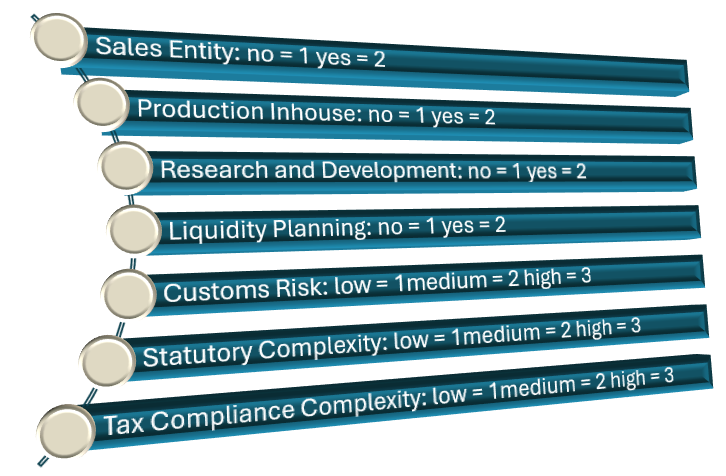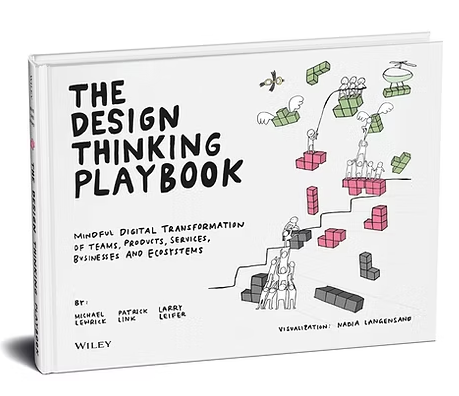Tiering System and Corporate Function Operating Model
Global businesses have an enormous impact on nations and communities across the world. Business leaders create social value by expanding globally and partnering with cross-border institutions. International market opportunities bring distinctive strategic value and winning margins of global expansion through 1) labour arbitrage 2) currency and tax compliance risk hedging and 3) access to unique resources and services, including manpower and ‘know-how’. However, various problems and paradoxes remain in both the practical and theoretical sides of global ecosystems. Indeed, to cope with the continuously increasing complexities, leaders will require substantially new approaches in designing operating models. For instance, this article explores two questions: How should corporate function global operating model be designed? What are preferred strategies in sourcing the process when moving across borders?
In this article, we aim to show the main aspects in righting the global operating ‘ship’: 1) the tiering system and, building on that 2) the operating and sourcing model tool. Both aspects are organically linked and feed each other correlated data. The tiering system frames necessary information and connections that are available, correct and unbiased. Finally, the article concludes with the level of practical structuring of the corporate function operating model.
Let’s begin by looking at lenses we can use from market and business complexity categories to analyse the data, define the group tiering system and drive insights into the targeted operating and sourcing model. Figure 1 illustrates the example of categories -- a set of lenses related to the business complexity and associated risk -- and scoring. These lenses help leaders analyse data and design target operating and sourcing models. It is crucial to choose relevant categories and scoring, wrong categories and/or too many can obscure critical information and generate confusion among stakeholders.
Figure 1 The example of categories and scoring
Table 1 presents the tiering system, that account for business complexity and associated business risks.
Table 1 The tiering system
Our next step is to closely analyse and reconcile the tiering system and corporate function operating model. To do so, we can employ the operating and souring model tool. In Figure 2 the operating model is closely examined in the dimensions of “risk exposure” and “risk likelihood”. “Risk exposure” refers to tiering system (in other words business complexity), including its entire environment. It invites us to zoom in to the legal entity level (subsystem) and to zoom out to the business environment (system of system). In the dimension of “risk likelihood”, we analyse market and legal complexity. This approach helps us model sourcing: Model 1, Model 2 and Model 3. Model 1 requires a local presence of internal subject matter experts (SMEs), process owners and/or region-level leaders. Model 2 is the space to build up a centre of expertise (CoE). And for Model 3 we need a partnership with a business process outsourcing organization (BPO). Here we propose framing an effective strategic response to critical uncertainties in governing corporate function operating model with various global interfaces.
Figure 2 The operating and souring model tool
At the outset of this article, we asked two questions: How should corporate function global operating model be designed? What are preferred strategies in sourcing the process when moving across borders? The main findings from our analysis propose a structured response to the business and market complexities on the one hand; and on the other hand, creating value that benefits from such a global operating and sourcing model. Overall, it is fair to say that the holistic approach is crucial when designing a corporate function operating and sourcing model. Employing both the tiering system and the operating and sourcing model tool will help leaders find solutions. As a result, considerable value will be created, and long-term benefits delivered.








